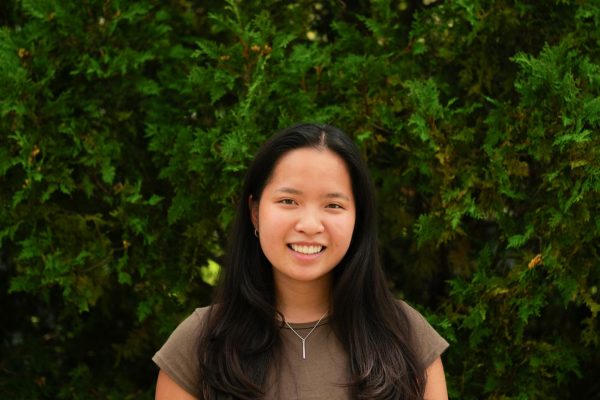By Miya Cao, Staff Reporter
In November 2022, OpenAI released ChatGPT, an accessible, chatbot-style generative AI technology. The software raised questions for the educational world: How can students learn when they do not even have to write their own essays anymore? Does using AI count as plagiarism?
School administrators had to quickly develop policies to regulate the use of AI in schools. Turnitin is most known for its plagiarism detection tool, but in April 2023, it rolled out its first AI detection feature. Seven weeks later, Turnitin released a report that its AI detection tool churns out false positives 1% of the time with longer texts and 4% of the time with single sentences. These numbers may seem low, but the stakes are high.
In an August 2023 announcement, Dartmouth College ceased using Turnitin because of these inconsistencies, citing that even a 1% error rate would falsely flag 750 out of the 75,000 Dartmouth papers that Turnitin analyzed in 2022. Universities can and have kicked out students for plagiarism. It should not be left up to an error-prone platform whether a student earns a degree.
In 2023, a Texas A&M University professor entered his students’ essays into ChatGPT and asked the software if it was AI generated. It subsequently claimed almost every paper was written by AI. However, this is a flimsy strategy since ChatGPT cannot detect AI usage in any capacity.
In order for schools to regulate AI use, they must ensure that teachers and administrators understand the technology. There cannot be such a wide margin of error when it comes to students’ academic standings.
The reason for Turnitin’s erratic detection can be attributed to the nature of AI-detecting software. According to Edward Tian, the founder of the first ChatGPT detector GPTZero, AI detectors analyze perplexity, unpredictability and burstiness, as well as length and variation in sentences. Turnitin affirms that it uses similar processes. Since AI detectors are based on probability, it is inherently impossible for an AI detector to be 100% accurate. AI detectors are not reliable, especially as the technology is relatively new.
There is a simple way for teachers to combat AI use without using inaccurate technology or exclusionary testing: Asking students about their thought process. AI can be thought of as the calculator for reading and writing. When students are allowed to use calculators, math teachers still ask them to show their work. Teachers can also take advantage of students’ intrinsic motivation and make assignments more meaningful and relevant to in-class content to further deter cheating.
Using inaccurate AI detectors will not solve the age-old problem of cheating anytime soon. Turnitin’s mission statement is “to ensure the integrity of global education and meaningfully improve learning outcomes,” but to achieve that, teachers and students must foster trust in the classroom instead of depending on faulty softwares.
Miya Cao can be reached at [email protected].






















































































